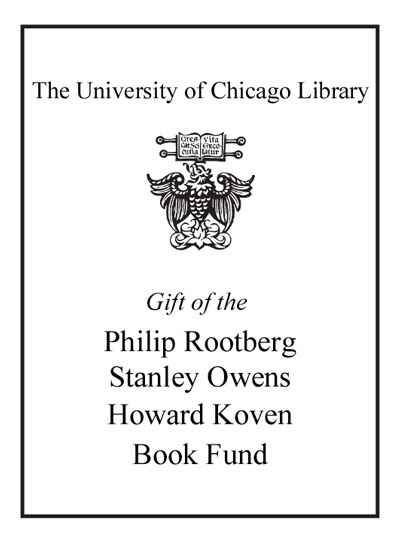Review by Choice Review
Shneer's well-documented study of Yiddish cultural life in the early years of the Soviet state is an appropriate re-statement of what most scholars consider a tragic moment in the history of Yiddishkeit. Fluent in Russian, Yiddish, and Hebrew, Shneer tells a story of the excitement and hope that the generation of Yiddishists in the post-Sholom Aleichem/Peretz period had for both the Yiddish language and the Marxist experiment. From 1918 to 1930, Lenin and Stalin permitted the Yiddish cultural movement to have a full head of steam, even accepting the idea of an autonomous Jewish state where Yiddish and Russian would be the languages of communication. (One of the Yiddish-Marxist journals showed a cover with a Torah scroll and the words "Proletariat of the World Unite" written across it.) Not all the great talent went to the US. Many Jewish intellectual and artistic giants remained in the USSR, committed to a Yiddish tradition that even found room for faith. Eventually, Stalin killed off the leaders and destroyed the hope of a Yiddish renaissance. But for a brief moment the candle burned brightly. ^BSumming Up: Highly recommended. Lower-division undergraduates through faculty; general readers. S. Gittleman Tufts University
Copyright American Library Association, used with permission.
Review by Choice Review

